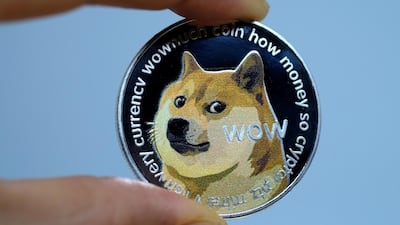By now, everyone has become familiar with meme-assets. Memestocks like GameStop. Memecoins like Dogecoin. There are certainly a lot of similarities between them in terms of how the stories spread and how the prices move.
But memestocks and memecoins differ in one pretty fundamental way. When the price of a stock like GameStop goes to the moon, its effect on the actual underlying business of the company (selling videogames at strip malls) is not affected much by it. So you can reasonably talk about the value of the stock being disconnected from the underlying fundamentals.
There’s no such tension with a memecoin. In fact, it’s arguably the opposite. As a memecoin grows in price, its actual fundamental value grows along with it. Or at least it theoretically can.
Cryptocurrencies are pretty trivial to create. Thousands are being created every day. The challenge is in getting them accepted, so a person will actually accept a coin in exchange for some service. Thus, by bringing more people into the coin, a price rise actually has the effect of building out the network and – at least theoretically – making the coin more usable.
Rising prices have other benefits as well. You theoretically could do a $1 million Dogecoin transaction right now with almost no impact on the price. According to Coinmarketcap, nearly $20 billion in Doge has been traded in just the past few hours. So in addition to expanding the universe of people who theoretically might accept it for a transaction, the rising price makes it more transactable without having an impact on price.
And there’s more than that. Dogecoin is a “proof-of-work” coin, meaning it gets mined with roughly the same model as Bitcoin. The miners secure the network. But would-be miners are only going to dedicate resources (equipment and electricity) to a coin with meaningful value. So a higher price can also theoretically incentivise more players to start mining the coin, which also makes it more secure.
So unlike with a memestock, you can reasonably say that a rising price does potentially increase the true underlying value of the asset, by making it more accepted, more liquid and more secure. The same doesn’t really apply for a memestock.
Of course, it goes in reverse as well. A decline in the price of a memecoin decreases the fundamental underlying value in a way that’s not really the case with companies and equity.

